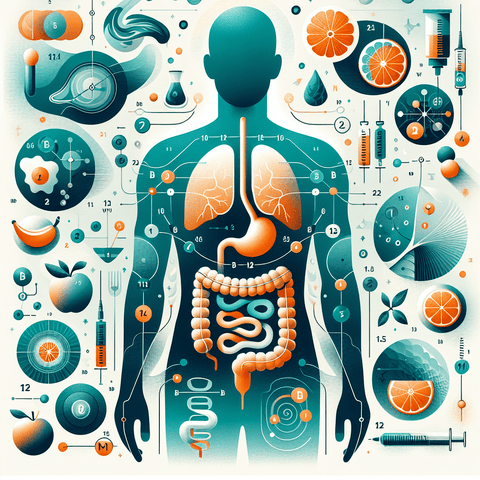it plays a critical role in how the body handles vitamin B12. its role is to bind B12 in the stomach and form a stable complex that travels to the small intestine, where uptake occurs. it is produced by specialized cells in the stomach lining, and the resulting complex is designed to withstand digestive conditions until it reaches the site of absorption. upon reaching the ileum, receptors recognize the complex as a signal for uptake. the cells internalize the complex and release B12 into the bloodstream for transport to tissues. the persistence of its role throughout this handoff is essential for pathway continuity, ensuring B12 reaches its destinations via the body's transport system. the availability of B12 via this role is connected to enzymes involved in energy-related metabolism and to the maintenance of nerve-related structures through B12-dependent reactions. thus, its role helps link the absorption step to downstream biochemical processes relying on this nutrient as a cofactor. when its role is disrupted, the chain of steps that delivers B12 to sites of action can be compromised. this can alter the pool of B12 available for B12-dependent enzymes, affecting metabolic pathways that rely on this cofactor. the outcomes depend on the degree of disruption and the broader context within the body's network.


